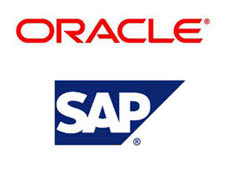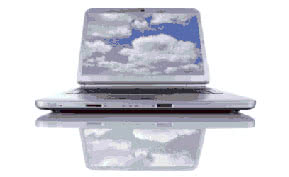SaaS
Software as a Service: Are SAP and Oracle in It to Win It?

SAP is currently in the process of increasing their annual maintenance rates from 17% to 22% to match Oracle’s rates in a phased approach to be completed by 2015. This comes at a time when the Enterprise Resource Planning (ERP) market is rapidly changing and Software as a Service (SaaS) vendors are gaining a strong foothold. These vendors are offering solutions that do not require any maintenance fees at all, nor do they involve long and often arduous implementation projects that have been putting on-premise ERP vendors in a negative light in recent years. Meanwhile, much is being made of whether traditional, on-premise ERP is outdated or even dead. SAP and Oracle are realizing they cannot completely ignore the recent SaaS wave. As a result, they have started to move into the cloud by acquiring SuccessFactors (SAP) and Taleo and RightNow (Oracle). But many people wonder if SAP and Oracle are really in it to win it. Can you, after all, “buy” the cloud?
Are SAP and Oracle Set in Their Ways?
Hiking maintenance rates may certainly seem like a sign that SAP and Oracle are too strongly tied to their old ways of offering traditional, on-premise ERP software that requires heavy customization. Some analysts have argued that we are living in a subscription-model society, where success is measured based on recurring customer relationships as opposed to a one-time purchase. We’re seeing it in our personal lives — take Spotify, for instance, where you “rent” music versus buying the CD, or on-demand movies versus buying the DVD — and we’re seeing it in business too. This is one of the value propositions of SaaS vendors, where you typically only pay for what you use, without installation costs or ongoing maintenance.
Is Traditional ERP Here to Stay?
And yet, it can be argued that traditional ERP will never go away. SaaS is still a growing and relatively young market, and although plenty of companies are moving into the cloud in areas such as Customer Relationship Management (CRM) and analytics, many of them are hesitant to do so for their financial operations. SaaS vendors, after all, require companies to relinquish a certain level of control over customization and security, which is a tough pill to swallow for many IT departments and CFOs. Taken in this light, SAP and Oracle may not be walking down a dead-end street after all. They are trusted ERP software providers with a long history of success, who are making efforts to expand upon their current functionality to meet today’s business requirements, rather than overhauling everything their companies stand for. Not only are they acquiring SaaS vendors, they are also enabling their solutions to run on mobile devices such as the iPad, which are clear signs that SAP and Oracle are very much in step with the current market climate.
Ultimately, it may be too early to say where traditional, on-premise ERP is headed. But in a market that has historically been slow-moving, SAP and Oracle both have significant customer bases that they can rely on for revenues (including maintenance) for years. SaaS vendors still have to prove that they will be able to reach even a fraction of those numbers.
Looking for additional information on SAP, Oracle and other vendors at the forefront of the SaaS vs on-premise ERP debate? Visit the ERP resource center to peruse content on leading ERP vendors, deployment options, implementation tips and more, all written by the Business-Software.com editorial team and our network of expert contributors.






